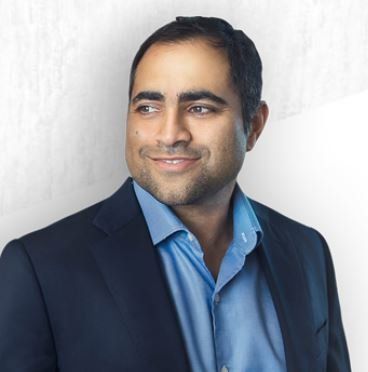SAN ANTONIO ADULT CIRCUMCISION
Our Board-Certified Urologists perform in-office Circumcisions and make them as painless as possible
Circumcisions can be done for medical reasons or personal reasons
No referral needed for patients electing a cosmetic circumcision
Relatively painless procedure with local anesthetic. Nitrous gas is included with every procedure at no cost to you
Out of town patients welcome! We have telemedicine for initial consultations and follow ups
Why should I consider a Circumcision?
The world’s first planned surgical procedure was a circumcision. Over 1/3 of men worldwide are circumcised. This procedure is very common in the United States. Circumcisions are associated with a lower risk of penile cancer, urine infections, and HIV.
Whether for medical or personal reasons, a circumcision could be the right choice for you. No matter what reason you choose to undergo this procedure, The Urology Place strives to ensure your procedure is as quick and painless as possible.

Dr. Naveen Kella
Founder and Experienced Circumcision Doctor
Dr. Naveen Kella is board certified in urology, with a fellowship in urologic oncology and robotic surgery. He is known for his experience in treating prostate cancer. As a urologist, he has done hundreds of circumcisions. Many patients desiring circumcision appreciate the lower cost of getting a circumcision done in the office. Dr. Kella has trained on doing in-office circumcision. The office procedure is safe and painless as possible and we have the necessary equipment to perform the procedure in the office.
Before and After Photographs
Click the button below to view before and after photos of adult circumcisions performed at The Urology Place in San Antonio by Dr. Naveen Kella.
Coming in from out of town?
Many of our patients come from out of town to have their procedure performed with us. Patients can have a telemedicine conference with the doctor prior to the visit. Pictures of the penis are necessary to give us an idea of your condition. The photographs and video conference can help make your visit and procedure go as smoothly as possibly. If everything works out, we can schedule a procedure at our office.
You can drive or fly yourself to our office on the same day of the procedure. Pain medications are not usually needed, but we can prescribe some medication and send it to a pharmacy close to our office. Plan on wearing comfortable clothes but bring an extra pair of of snug or elastic underwear. You should use clippers to cut away any pubic hair (not razors- they can cause skin infections!). If we are doing the procedure in the office, you can eat as you normally would, but do not eat heavy or right before the procedure. You should be OFF any blood thinners or supplements (Vitamin E, for example) for a week. Feel free to bring your phone to watch videos or listen to music.
After the procedure is done, we will have you use antibiotic ointment to minimize irritation from the suture. You will have some gauze wrapped around the penis for some expected, minimal oozing. A shower is okay after 24 hours. However, no baths until the sutures are gone. You can drive yourself home after about 3 hours from the procedure. This is to make sure there is no bleeding. (If you decided to take any medication prior to the procedure (xanax), then you should have someone who can drive you home.)
Before scheduling your circumcision, we’ll arrange a virtual consultation with Dr. Naveen Kella to ensure you’re a good candidate for the procedure. To help with the evaluation, we’ll ask for clear photos of the area. If you’re unable to provide photos, we’re happy to see you in person instead.
After your procedure, we’ll schedule a follow-up visit—either in person or virtually—about 1 to 2 weeks later to ensure everything is healing well.
We advise no sexual activity until the sutures are gone, which is usually within 2-3 weeks.
Your urination should not be affected.
You can get back to desk work right away, but physical activity should be curtailed if it is not comfortable.
With proper planning, you can have a relatively painless, in-office procedure with an experienced urologist and return home the same day.
Patient Testimonial
If you or a loved one are looking into getting an adult circumcision, check out this video from one of our patients explaining his personal experience at our clinic.
Call our office at (210) 617-3670 to get scheduled for your same day consultation and procedure.



